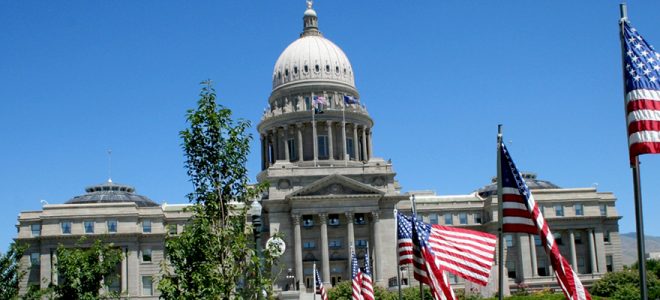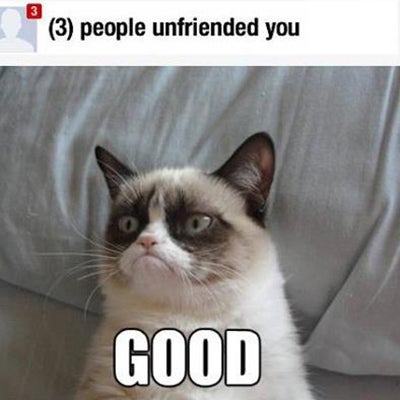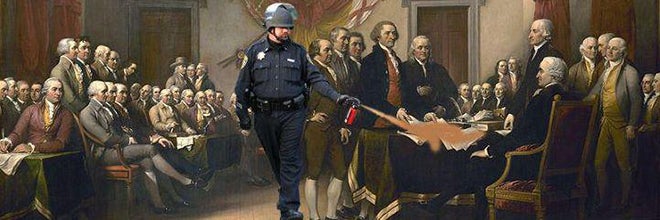

Jen Schneider is Associate Professor in the School of Public Service at Boise State University, where she also directs the PhD program in Public Policy and Administration. Her research addresses challenges in the public communication of scientific and environmental controversies, with a particular focus on industry rhetoric and rhetorics of technical expertise.
Efforts to diagnose the problem of incivility are diverse and plentiful. There is a general perception—with some evidence to support—that political speech and beliefs are more polarized, media consumption more narrow and partisan, and “uncivil” speech and acts, especially online, more commonplace than in decades past. Public concerns about incivility are frequently channeled through anxiety about the 2016 Presidential campaign, which seemed to empower uncivil speech and actions. The rhetoric of the President and his administration, as well as that of his partisan opponents, is also seen to be contributing to a “civility crisis” in Washington, D.C.
I aim to identify not one source or type of incivility, but to make note of patterns of communication—both in the mass media and online—that have shaped contemporary political speech over the last decade, and which have fostered conditions that exacerbate incivility. Scholars, commentators, and pundits are working to understand whether the “civility crisis” is something new, historically speaking, or if incivility is in fact central to American political culture. Here, I hope to point to some fairly recent shifts in contemporary political communication patterns and forms that may help diagnose why incivility seems to be on the rise.
MEMES AND MESSAGES
I argue that the “meme”-ification of American political culture—its replicability, the speed with which messages are crafted and disseminated, and the anonymity afforded those who create these messages—is central to understanding the rise of (un)civil discourse. Memes can be broadly defined as small units of information that spread quickly and widely. Researchers are trying to understand what the advent of the meme means for American politics. Most agree that the content of various memes matters, but we also need to know more about which memes are most likely to circulate, and why.
To paraphrase Marshall McLuhan, messages matter, but so do their mediums. We cannot divorce the content of what is said from how it is said, and programs that want to improve civil discourse will have to take up both. Far from being a marginal form of communication or “new media” entertainment, the meme is now a central feature of American politics. Below I discuss three of its central characteristics: replicability, speed, and anonymity.

1. Replicability. The “meme” is a concept that comes to us from cultural evolutionary theory. A meme, at its most basic, is any cultural information whose purpose is to be replicated. This can include ideas, information, advertisements, jokes, rituals, or speech. Just as genes carry biological information forward from generation to generation, so do memes carry information forward in a culture.In American political communication, however, memes have come to take on new meanings and forms. Thanks to internet message boards such as 4Chan and Reddit, “meme” now generally refers to a type of message where an attention-getting visual (usually a photograph or cartoon, though also brief video clips and .gifs) is overlain with a pithy verbal message, usually humorous. Case in point: Grumpy Cat.
These kinds of memes often play with or remix various cultural and political references, and are not just for entertainment. Scholars who study memes have shown that meme culture allows for the expression of cultural critiques and emotions that are not given voice in mainstream media or politics, and can be used as a form of political organization. For example, the Occupy movement used memes to both develop and challenge shared political positions and to publicize police aggression, as seen versions of the “Casually Pepper Spray Everything Cop” meme.

But an already polarized political culture that is dominated by memes is problematic because it encourages shorthand identifications based on a single image, “take,” or burn. Political “litmus tests”—one’s stance on abortion, or nuclear power, or “big government”—are not in and of themselves new. But memes encourage abbreviation and belief calcification above and beyond “issue voting;” they exacerbate over-simplification, echo-chamber effects, cognitive bias, and intellectual short-cuts.
Reading a meme as either “with me” or “against me” further hardens our own political commitments and reduces the likelihood that we will seek out more nuanced views. Seeing memes “liked” or “shared” over and over again can also encourage groupthink mentalities. Such effects tend to be detrimental to civil discourse.
2. Speed. French philosopher Paul Virilio coined the term “dromology,” or the study of “speed” in modern life and politics. A related idea is “dromocracy,” or government by speed—“dromos” is derived from the Greek for “race” or “racetrack”—wherein those who have access to speed (technological, mechanical, communicative) can dominate those who don’t.
The “dromocratic” is a helpful concept for thinking about how contemporary political communication is in some ways different from the past. Before the advent of the internet, those in power controlled newspapers and television stations and dominated communication patterns because they controlled the distribution of messages. The internet promised to democratize communication practices by allowing everyone access to distribution; that potential still exists.
What platforms such as Twitter also do, however, is amplify the “hot takes” of those who are already powerful and influential, while also lending those voices a populist sheen. He who can tweet fastest, and in the most attention-getting way, wins. 30-second advertisements, long-form journalism, and documentary films are still influential in political communication. But the 2016 presidential election demonstrated that tweets and memes—which can be consumed and shared in a matter of seconds—are now dominant forms of communication.
If civility requires thoughtfulness, careful consideration of alternative perspectives, and equanimity in response, dromo-communication reinforces the opposite: split-second identification, quick circulation, and vote-by-click.
3. Anonymity. Another characteristic of contemporary political communication is anonymity. Those concerned about incivility are especially concerned with the rise of the internet troll, a kind of online bully who seems to delight in being as offensive as possible, protected from accountability by the use of a screen name or avatar. Trolls often violate what used to be thought of as shared definitions of decency—they may use racist, misogynist, and ableist epithets, voice painful personal insults about one’s identity or appearance, and even make physical threats against those they disagree with. They almost always do so without revealing their own identities.
Anonymity is not all bad. Anonymous forms of communication can enable the development of unpopular but important forms of cultural critique. But anonymity also can facilitate tricksterism, which is corrosive to civil political discourse, and the preferred ammunition of the trickster is the meme. Memes, particularly those that target politically charged topics related to race and gender, are the bombs thrown by anonymous “shock troops.” Trolls purposefully harness incivility, often in a seemingly chaotic or nihilistic fashion. At the same time, they are also responsible for creating new and influential forms of political communication through meme creation and circulation.
Tricksterism and anonymous meme circulation pose additional challenges to civility primarily because they conceal the speaker’s identity and thus make accountability elusive. Trolls revel in their immunity to the cries of “pearl-clutching” speech police. Trickster culture thus encourages trolls to be both offensive and defensive.
Offensively, trolls perform hatefulness and aggression in order to harass, threaten, and terrify those they target. But tricksterism can also be used as defense: when accused of racism or violence, trolls can claim that they are “only joking,” that those who take offense are simply over-sensitive and too “politically correct.” The result is a form of gaslighting that frustrates civility and honest forms of communication. One is unable to identify one’s bully; sincerity is targeted; accountability is absent.
FORMS MATTER
Each of these three characteristics of meme culture has democratic potential. The speed with which citizens can respond to those in power, and the potential for messages to be widely shared among online communities—even when those messages are bite-sized— can paradoxically encourage reflection, dialogue, political organization, protest, and the productive use of voice. Anonymous critiques can allow the unspoken to be shared and brought into the light for debate.
When taken in combination, however, and particularly in a polarized political environment, the three elements of political communication described above often exacerbate incivility and worsen polarization. The form of the meme or the tweet lends itself to abbreviation, emotionality, and reaction. But memes are deeply embedded in our social media platforms and popular culture outlets, and as practices, they are also widespread and diffuse. This makes remedying them extremely challenging. Nonetheless, thinking through not just the content of memes and tweets, but also their forms, is key to understanding the civility crisis.